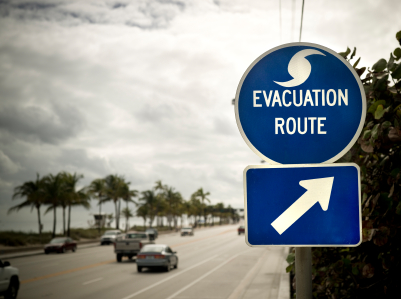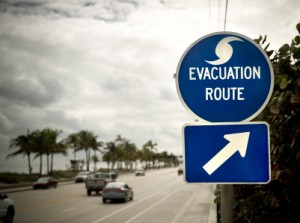This Friday, August 29, 2014 marks the ninth anniversary of Hurricane Katrina – the most costly disaster for the insurance industry to date. Being the largest and third stronger hurricane ever, Hurricane Katrina brought winds of 100-140 miles per hour and wrecked havoc on over 90,000 square miles of land off the Gulf of Mexico.
The day before Katrina hit, New Orleans mayor, Ray Nagin, issued the city’s first mandatory evacuation order while declaring the Superdome stadium as a shelter for people who could not leave.
By nightfall, 80 percent left while approximately 10,000 residents sought shelter in the Superdome. When Katrina hit, levees were overtopped and there was extensive damage and people scrambled for higher ground, especially senior citizens.
A total of 1,833 fatalities were as result of Katrina and to this day over 700 are still missing. The actual cost of Hurricane Katrina’s damage was between $96-$125 billion, with $40-$66 billion in insured losses.
The problem was that the city didn’t have a plan and since then states have taken action to develop detailed step-by-step emergency plans for their communities.
One of the first steps is to check with your state, city or community to determine their current emergency plan, as you create your own personal plan for friends and family.
Your insurance provider may also have a specific plan that offers useful information in preparing for a hurricane.
For example, the entire state of Georgia is susceptible to hurricane hazards and has a plan that provides comprehensive efforts to support residents during a disaster operation. It provides an overview of those involved in participation which includes federal, state, local, military, volunteer, private-sector, and non-governmental organizations.
For the weather buff, it details the types of hurricanes, their category’s as well as a brief history of the number of landfalls per category.
The State of Texas Emergency plan also defines tropical cyclone characteristics, timelines as well as details concerning storm surge, tornados and inland flooding.
Decision-making is tabled to determine the key decision maker in the emergency management system and partner affiliates during a hurricane threat.
Disaster districts are the State’s regional emergency management organizations that serve as the initial source of state emergency assistance for local governments.
Storm Cristobal moved into hurricane status in the Atlantic on Monday, August 25, but the storm is no longer expected to make landfall in the United States.
Cristobal had serious impacts on the Caribbean, killing at least five people and dumping heavy rain, which produced landslides and flooding over the weekend.
Make sure you are prepared for any of natures unexpected by developing your own emergency plan. Talk to your insurance agent that the right coverage is in place for you home and your life.













